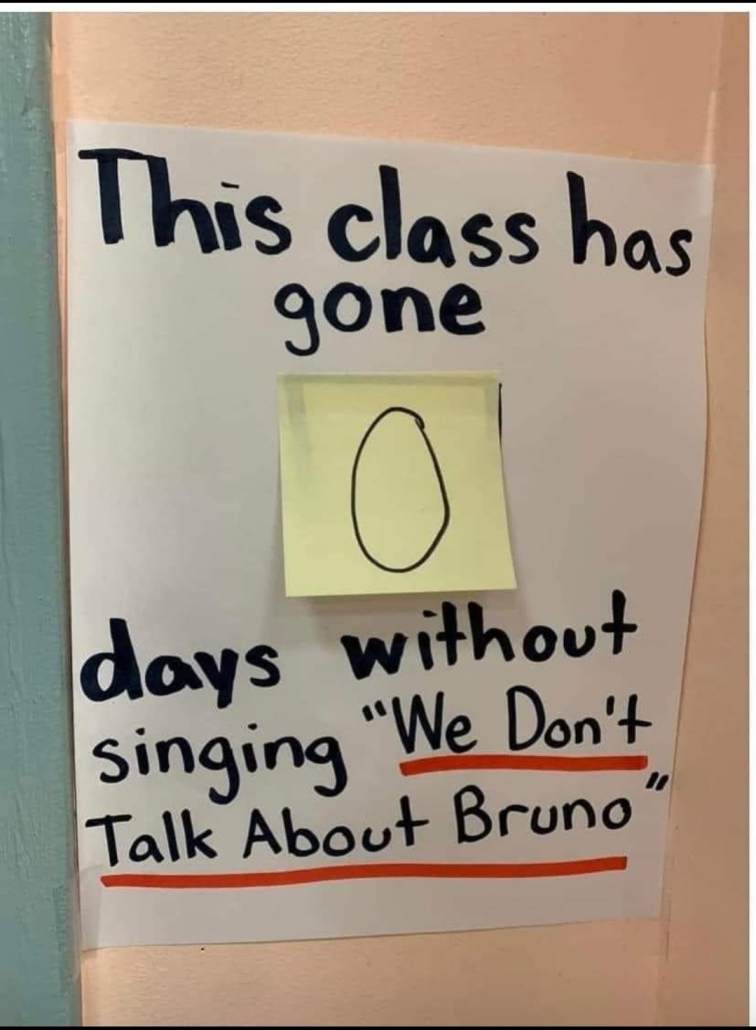All primary school children should receive early careers education
We have worked together with the North East Local Enterprise Partnership (North East LEP) to produce a report, which calls for a nationwide approach to providing careers education in primary schools.
Statutory guidance says only schools catering for pupils in Key Stage 3 (aged 11 to 14) and above need to offer careers education and guidance. However, research shows that children understand jobs exist from around the age of three or four and begin to form ideas about their futures when they are a young as five or six.
For this project we joined forces with the North East LEP who had already run a pilot project on career related learning within primary schools. Together, we have developed the report which outlines a need and willingness to provide career-related learning in primary schools using data provided by a range of teaching staff – including headteachers – and the outcomes of the pilot, known as the North East Ambition Career Benchmarks: Primary Pilot.
Some of the key findings in the report come from a survey involving over 2,000 primary school teachers in England, conducted using Teacher Tapp, a daily survey app which asks the opinions of teachers on key topics.
Key Findings
- Only 9% of primary teachers rated their knowledge to deliver career-related learning as ‘good’ or ‘better’
- 46% of primary teachers agreed they would value a resource toolkit for career-related learning
- 100% of primary teachers agreed that schools ‘should help break down gender stereotypes relating to subjects and careers’
- 53% of primary teachers aware of the Gatsby Benchmarks for Secondary education agree a similar framework would be helpful.
What this report tells us is that there is absolutely the appetite to run career-related learning in primary schools, because there’s already some fantastic work happening. However, there are many schools that could do with more support. We would like children in all schools to be able to access high-quality career-related learning from an early age.
Our report suggests that a structure is needed to help primary schools do this better and provide consistent learning across the curriculum. The adapted set of benchmarks for primary schools proposed by the North East LEP as part of its primary pilot would provide that structure, and deliver the additional support primary schools need to provide effective careers education and guidance.
Important Role of the North East in Careers-Related Learning
We are proud that North East region has been progressive in leading pilots to improve effective careers education and guidance. The initial pilot of the Good Career Guidance Benchmarks, now commonly known as ‘Gatsby’ Benchmarks within secondary education, was delivered by the North East LEP and took place in the region from 2015 to 2017.
The North East LEP has since partnered with the EY Foundation on the two-year North East Ambition Career Benchmarks: Primary Pilot, to trial career-related learning within 70 primary schools. Following the pilot, which concluded in 2021, the North East LEP has gone on to expand the number of primary schools it supports to deliver careers education and guidance from 70 to 100. It has also delivered a project with feeder schools to support pupils’ transition from primary to secondary education.
Nationally, the Department for Education has also recently funded Start Small, Dream Big, a career-related learning project involving 2,250 primary schools and 600,000 pupils, located in 55 Education Investment Areas (EIAs) across the country. In the North East, Start Small, Dream Big will support careers learning in primary schools across South Tyneside, Sunderland, and Durham.
“We know from our two-year pilot, and continuing project work, that there is an appetite here in the North East and in other areas of the UK for delivering careers related learning in primary schools. We also know the positive impact on school staff and pupils of using our adapted set of Benchmarks as a framework to support schools to design and deliver a high quality, age-appropriate careers programme. This research adds weight to the increasing evidence base that this work needs to be extended, so that we can start sowing the seeds of ambition nationally.”
Matt Joyce, Regional Lead for North East Ambition at the North East LEP
Support for this research was provided through the Capacity in Policy Engagement (CAPE) project funded by Research England. More information about CAPE, a partnership between University College London and the universities of Cambridge, Manchester, Northumbria and Nottingham, in collaboration with the Government Office for Science, the Parliamentary Office for Science & Technology, Nesta, and the Transforming Evidence Hub, is available here.
You can read the full report, Career-related learning in primary schools – a snapshot of current practice, online here.

 If you haven’t seen this image doing the rounds – sorry, we don’t know who originated it – you very likely recognise the situation anyway. It’s been several months and this song is still everywhere.
If you haven’t seen this image doing the rounds – sorry, we don’t know who originated it – you very likely recognise the situation anyway. It’s been several months and this song is still everywhere.